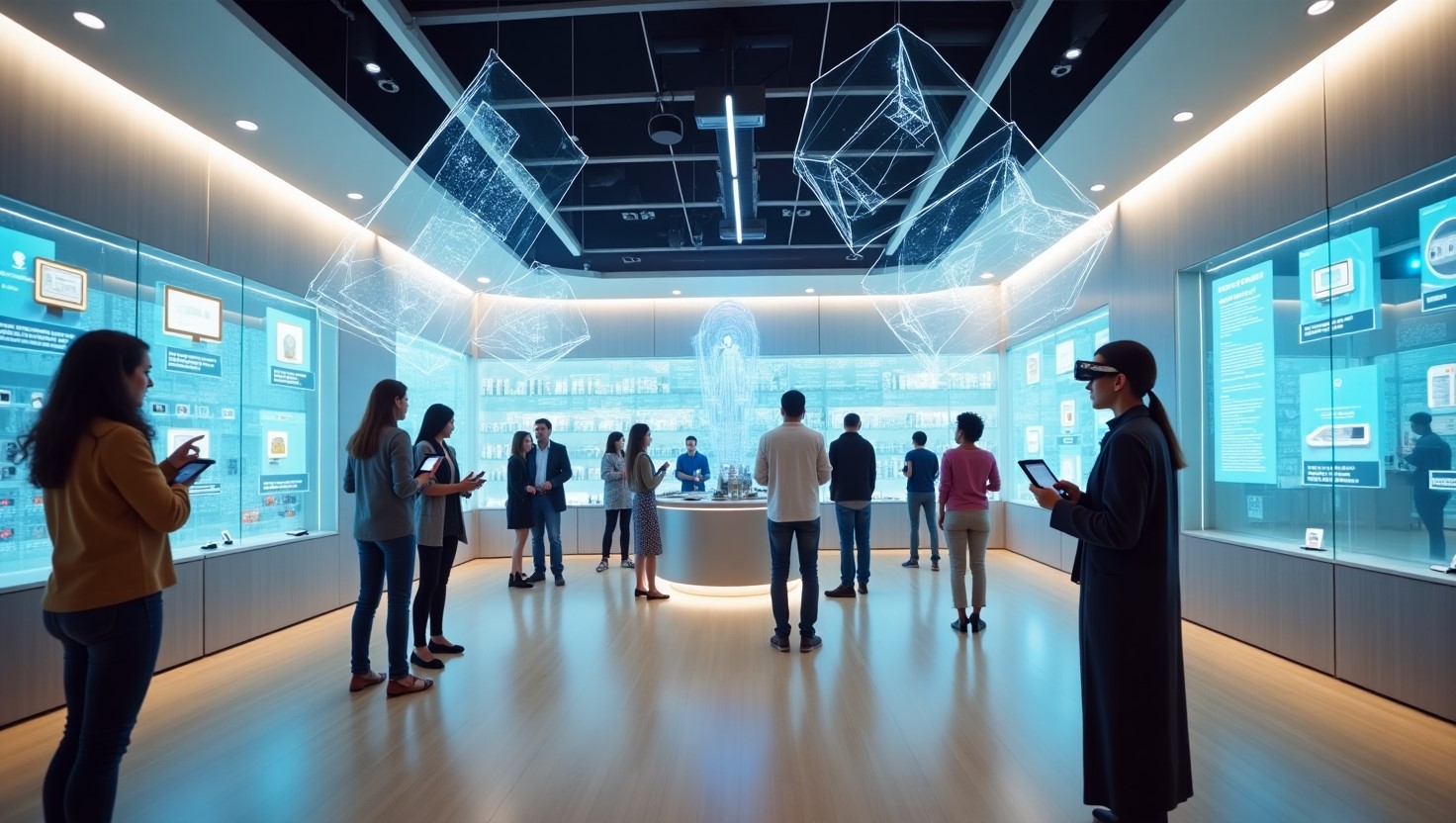
Being available online as well as in stores is now important for meeting what customers want in retail. According to research, businesses with robust omnichannel strategies keep 89% of their customers, whereas those with poor omnichannel plans only keep 33%.
You will discover in this article that using online and offline channels increases sales, increases loyalty among customers and makes shopping smoother for everyone. We’ll examine how to use signage together with events in-store to help the business succeed.
What Makes Omnichannel Retail Important in Modern Commerce?
Omnichannel retail is important because it helps customers have a smooth shopping experience everywhere they go.
With life moving quickly online, customers want to be able to connect with brands in any place at any time.
Shoppers are able to look through, choose from and order products comfortably on their channel of choice.
Customers who regularly use multiple shopping channels tend to spend 10% more online and an extra 4% in-store than people who only use one.
Through omnichannel, brands can handle higher levels of customer data, personalise their campaigns and better manage their stock.
To remain competitive, build long lasting customer trust and boost sales, businesses today need omnichannel retail.
What are Digital Touchpoints?
Digital touchpoints in retail are online and electronic interactions where customers interact with a retail brand. These include:
- Websites
- Mobile apps
- Social media channels
- Email campaigns
- Digital signage
- E-commerce platforms
They matter because they shape the customer’s perception and experience before, during and after a purchase.
Customers expect seamless interactions across all digital channels in today’s retail environment. Effective digital touchpoints help retailers grab attention, provide timely information and personalise offers, ultimately driving higher engagement and sales.
Also they allow retailers to collect valuable data on customer behaviour so they can target marketing and inventory decisions.By understanding and optimising digital touchpoints retailers can create a cohesive brand experience that meets customer expectations, builds loyalty and stays competitive in a fast paced market.
What are the Physical Touchpoints?
Important examples of physical touchpoints are any time customers meet face-to-face with a brand as they’re trying to purchase something. Among these are store visits, product presentations, dealing with cashiers, packages and providing help after a purchase.
Interactions that require touch add a real and lasting emotional effect that affects customer loyalty.
For example, a store that is organized well and includes helpful staff improves the shopping experience, while nice packaging and convenient returns help the brand’s reputation.
By taking care of their physical environments, retailers make sure customers enjoy their shopping journey which helps them gain more customers and make more sales.
How to Combine Digital and Physical Touchpoints: Step-by-Step
Combining digital and physical touchpoints creates a seamless and engaging retail experience. Here’s how they help you connect online and offline journeys step-by-step:
Step 1: Map Your Customer Journey
Firstly map your customer journey by listing every digital and physical touchpoint, website, mobile app, social media, email, store and more.
They recommend identifying any friction points where customers may drop off or feel confused moving between online and offline channels. Using analytics and customer feedback provides insight into gaps and opportunities for improvement.
Step 2: Choose Your Digital Signage Hardware
Choose the right digital signage hardware to bring your physical locations to life. They offer flexible options, including smart TVs with built in connectivity, or if you already have displays, devices like Fire TV Sticks or Raspberry Pi running their OS for smooth integration.
Place in high traffic areas like entrances, shelves or checkout counters maximises visibility and impact.
Step 3: Craft Engaging and Relevant Content
With your digital signage hardware in place, it's time to focus on the content that will captivate your audience.Think about what your customers are interested in and tailor your messages accordingly.Keep your content clear and concise, using bold visuals and straightforward text to grab attention quickly.Incorporate a mix of promotional offers, product highlights, and engaging visuals to maintain interest.
Timing is key.Schedule your content to align with peak shopping hours or special events to maximize impact.Regularly update your displays to reflect current promotions or seasonal themes, ensuring your messaging remains fresh and relevant.By delivering timely and engaging content, you enhance the overall customer experience and drive meaningful interactions.
Step 4: Sync Online and In-Store Messaging
Sync your online and in-store messaging to create consistency. Align promotions, branding and product details across all channels.
Aiscreen.io helps you sync your online and in-store messaging for a consistent brand experience.Add QR codes to retail digital signage so customers can access product pages or special offers.
They also recommend showcasing social media campaigns and user-generated content in-store to build trust and engagement.
Step 5: Personalise the Experience Using Data
It personalises the shopping experience by using customer data. It integrates with CRM systems to display location-based, time-sensitive or behaviour-driven content on digital screens.
AI-driven recommendations on kiosks or interactive displays further tailor the experience to individual customers.
Step 6: Enable Real-Time Feedback & Interactions
Enable real-time customer feedback and interaction. They recommend using digital signage to display live Google Reviews and offer customers in-store options like tablets or QR code forms to submit feedback.
This instant insight lets you adapt messaging and campaigns through their content management system.
Step 7: Train Staff to Support the Omnichannel Strategy
Train your staff to support and enhance the omnichannel strategy. They suggest educating employees about digital tools and how they enhance customer service.
Staff should be able to assist customers with QR codes, mobile ordering and interactive displays and encourage engagement with digital touchpoints.
Step 8: Measure & Optimize
It measures success and optimises strategy. It provides analytics to track content views, engagement rates and QR code scans.
Combine this with e-commerce and in-store sales data to refine campaigns for better performance and a more effective blended customer journey.
Why Does a Seamless Shopping Experience Matters in Retail Today?
Having a smooth shopping process today is important because it helps customers switch between online and offline actions seamlessly.
Companies that combine online and offline touchpoints can compete by meeting customers everywhere they choose to shop.

